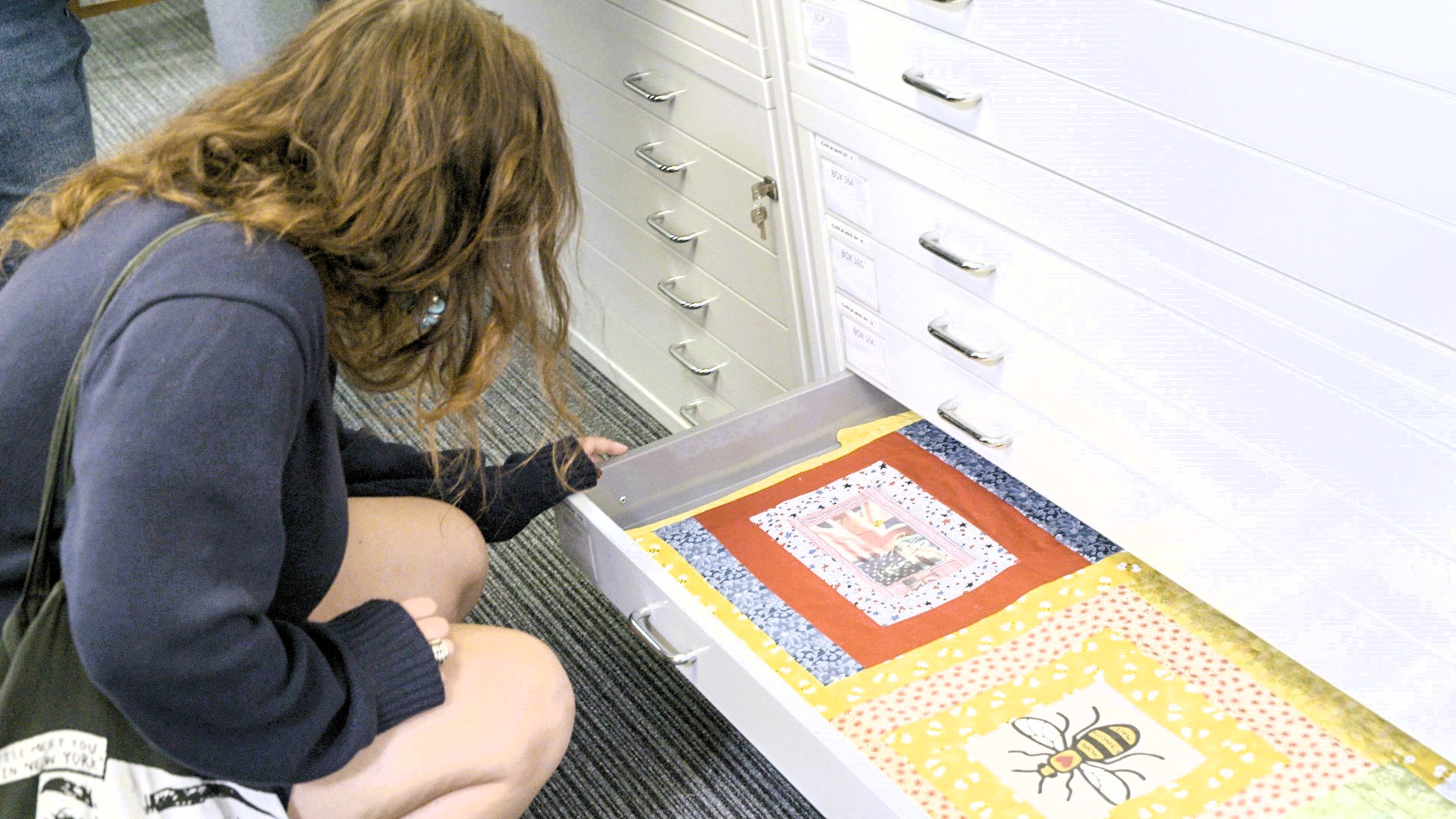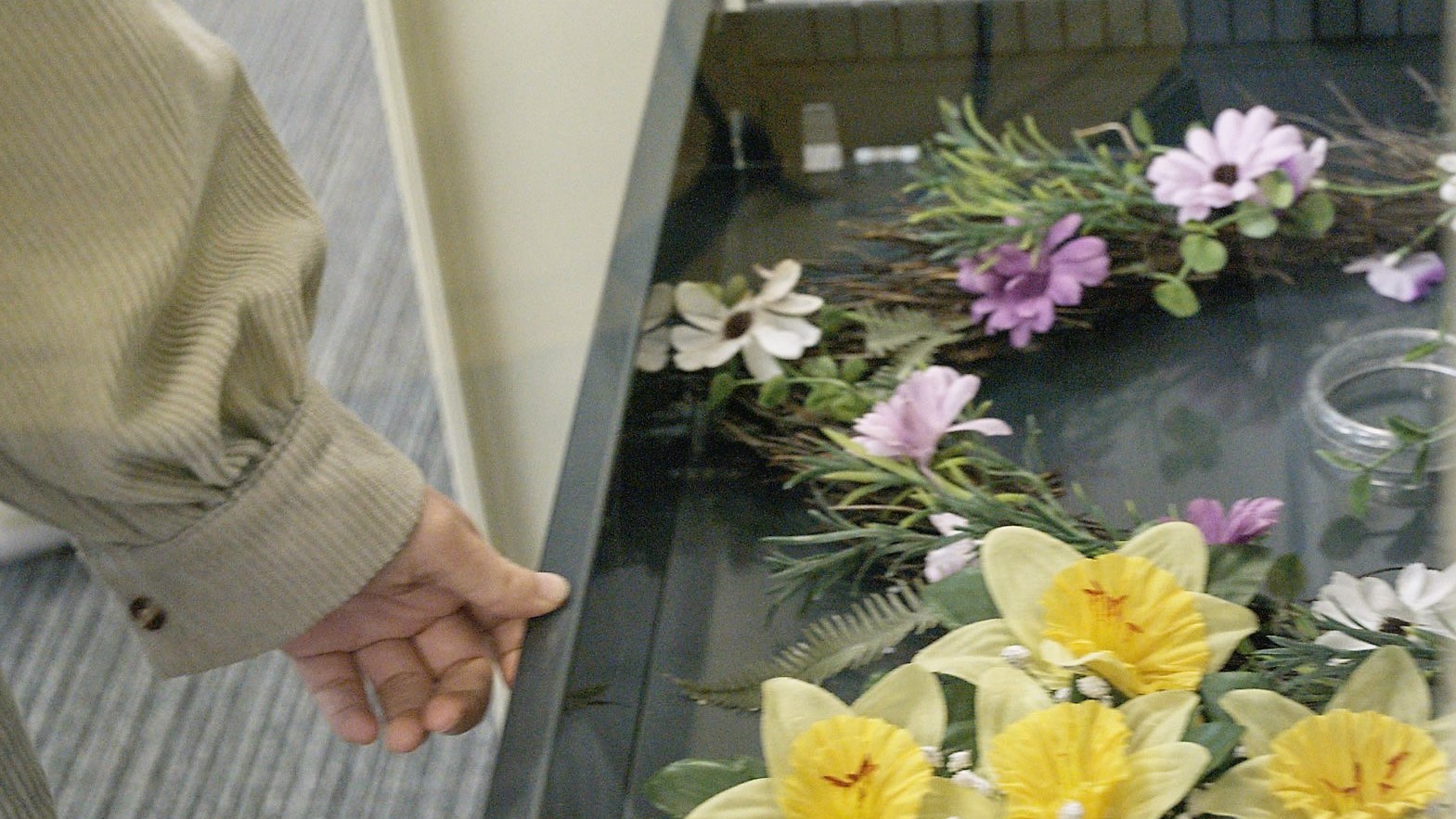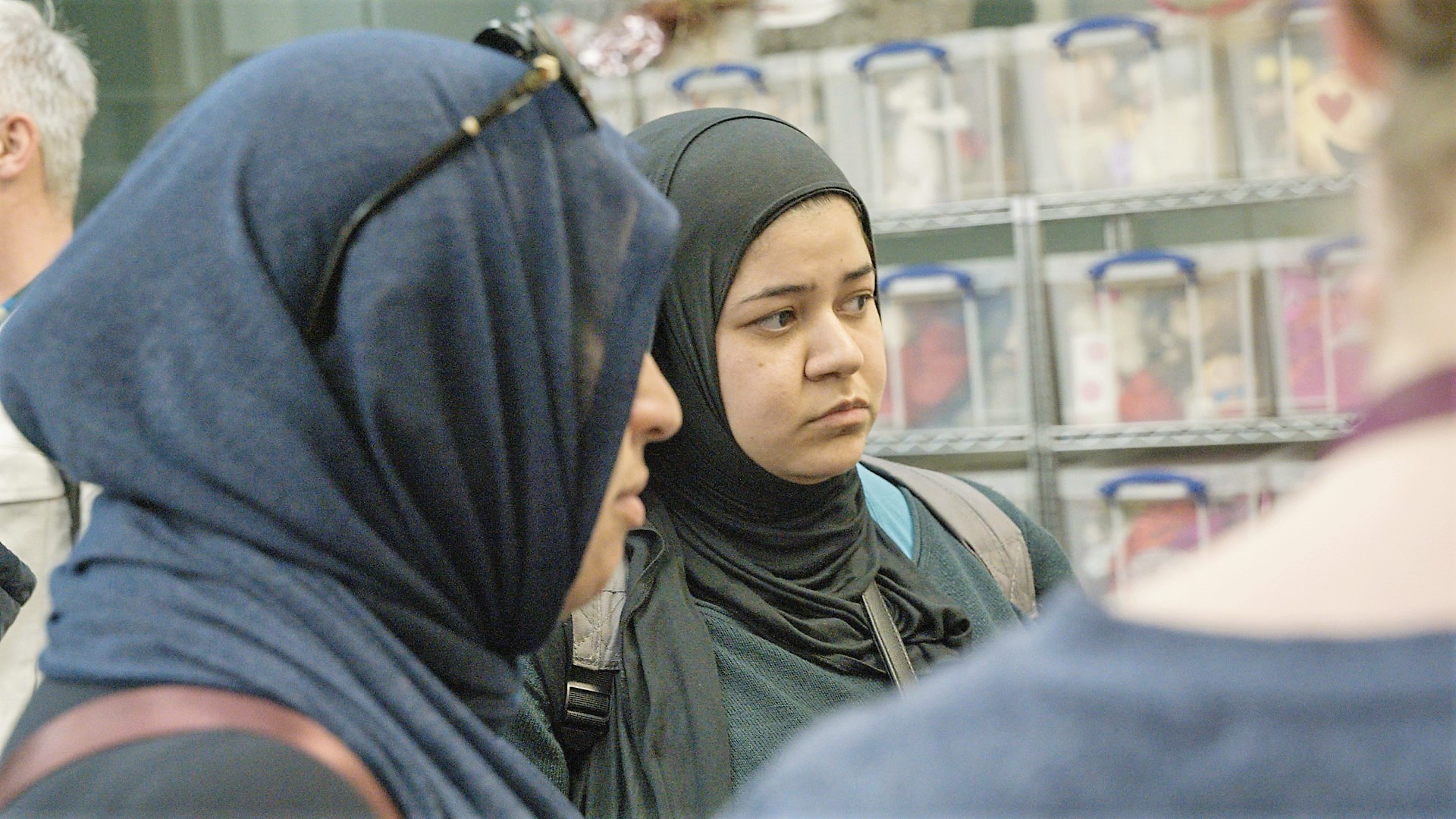
By Susan Al-Safadi, one of the Memorial Commission's community representatives for Lancaster West Estate residents.
‘It isn’t the case that Grenfell doesn’t have a memorial yet. In fact, it has several thousand. Nobody who walks the streets of W10 or W11 could be in any doubt that something very significant happened here. Every ribbon on every tree, every green heart sprayed on a wall, is an act of remembrance that means something.’
In the report, we published in May 2023 ‘Remembering Grenfell: our journey so far’ we referenced some of the spontaneous memorials that have been created to commemorate the Grenfell tragedy. As part of the Grenfell Tower Memorial Commission’s research process, we’ve been in touch with several memorials across the UK and overseas, including Manchester Glade of Light, Aberfan Memorial Charity, 7 July Memorial and 9/11 Memorial & Museum to learn how they have worked with existing memorials.
The Glade of Light is the memorial built for those impacted by the Manchester Arena tragedy, but as with Grenfell, it was not the first nor the only memorial created. Following the tragedy, the general public called for a concerted approach to recovery from the city. A vast amount of material was collected at the site and local area, that had been laid in tribute for the victims of the tragedy. To protect these materials, an archive was set up to maintain them for the future. Messages of solidarity, mementos of grief and tokens of condolence were gathered and placed in an archive in the Manchester Art Gallery.

One of the key criteria for the archiving process is to differentiate between what is known as a contemporary archive versus a historical one. This meant assessing each article and thinking about what purpose it serves being in the archive. A team of archivists is now looking at meaningful ways to hold onto the tangible materials whilst keeping them in good condition, as well as ways of making them available online. They have been focussing specifically on how to capture the spontaneous and human nature of the types of memorialisation that happened in situ, as an immediate response to the tragedy. An online book of condolence (which also includes archived tweets from the time of the tragedy) was opened to the public to allow people to contribute globally to the memorial process. After all, those who died that day were not just from Manchester, and nor were those who mourned them. Similarly, the ripples of what happened at Grenfell were felt not just across west London, but also across the nation and the entire world, so having a global reach is something we should consider within our memorial too.
We understood from the Manchester memorial team that how people feel about the archived material is changing. It is different now than it was in the early days following the tragedy, and it is likely to continue to change. During our visit to Manchester, we discussed how digitalisation could play a role in this change, and how we can continue to maintain the material in a meaningful way. As well as attitudes changing, the impermanent nature of the objects means the materials themselves are changing. Medals earned by marathon runners left at the memorial will rust, messages will fade, and flowers will wilt. At the Glade of Light, flowers left there at anniversaries are now composted to be recycled back into the wildlife garden in the memorial. Soft toys left immediately after the tragedy have been cleaned and re-homed with children. Everything that was archived has been photographed, which allows the possibility to convert static parts of the archive into something with a more widespread reach. We’ve learnt that archiving is a constantly evolving process, and we should build that capacity to evolve into the Grenfell Tower memorial archive from the start.

All in all, archiving is a particularly important part of any memorialisation process. One of the most notable things about the Grenfell response was the leadership that came from within our community. It was the community that banded together, and it was the community that grieved the loss of our families, friends and neighbours. The items left around the area are an example of this outpouring of grief from the community into a tangible form. All of the spontaneous tributes left in the community in the months that followed were a genuine and authentic encapsulation of the community’s experience and grief at the time. Those tributes were sometimes the only thing we could offer, and they stayed on site for months, in rain and shine. They witnessed the grief and the pain that followed, and they remained throughout our search for justice. They may not all be works of art but they are just as valuable. Preserving these items reminds us of the tragic events that took place but also of the solidarity that followed. Our focus at the memorial commission has always been about finding a fitting memorial which will stand in perpetuity to remind the world of what happened here, and to ensure it doesn’t happen again. Right now, 7 years on, our bereaved and survivor groups remember very clearly the events of the 14 June 2017. Residents of Lancaster West Estate, who continue to live in the shadow of the tower, need no further reminder of the tragedy. But looking at 70 years on, we need to ensure our children, and their children, also know what took place that night, what led to the fire, and why. More importantly, people in positions of power mustn’t be allowed to forget about Grenfell, if we are to ensure nothing like this happens again.
With many thanks to the team from the Manchester Together Archive for being so generous with their time and expertise.